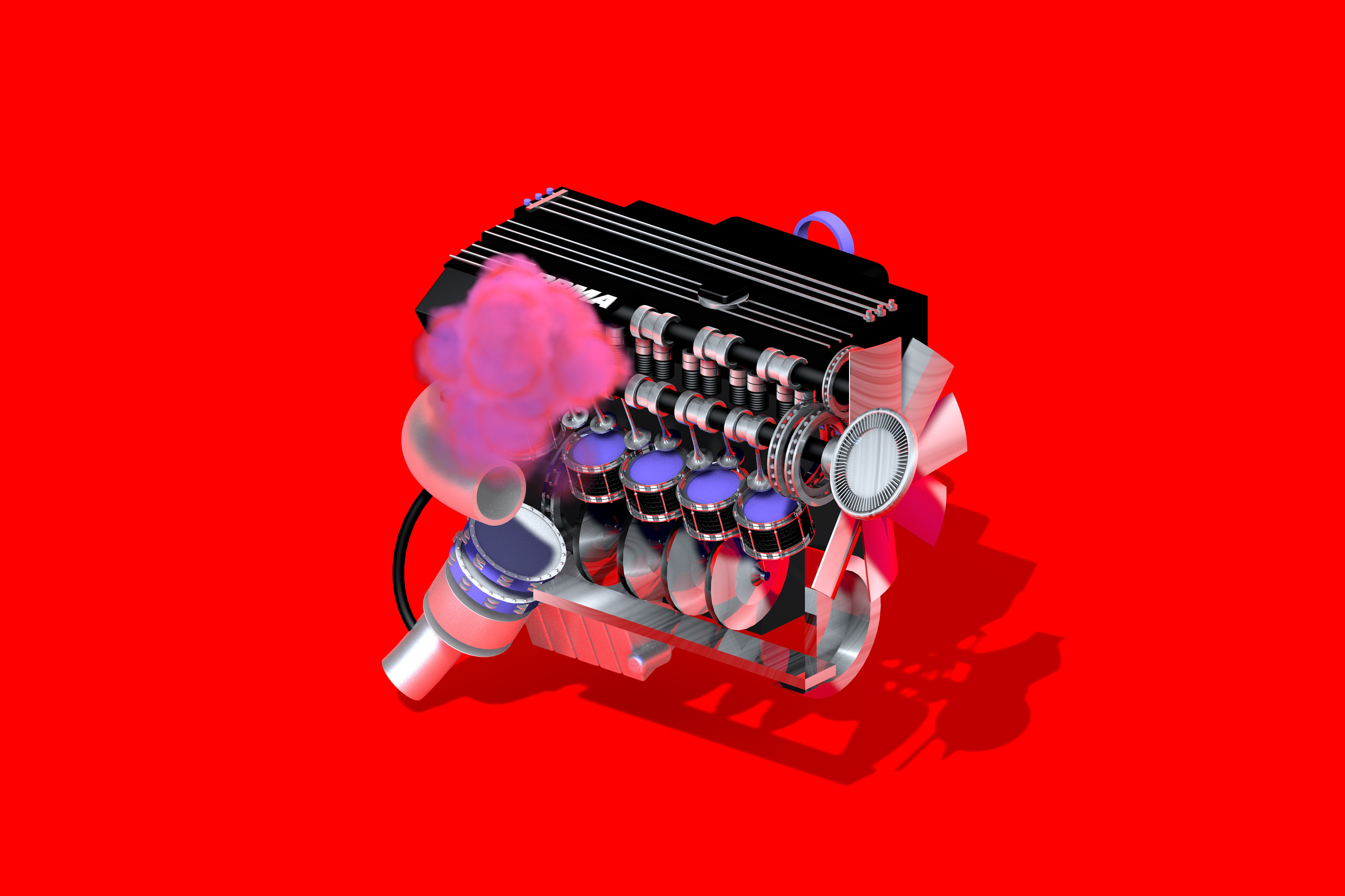Artifacts
A photo documentary chronicling the complex and innovative sounds of the Motor City
In conjunction with Red Bull Radio’s Live in Detroit, photographer Jeremy Deputat and curator Carleton Gholz have put together Artifacts, a photo documentary chronicling the complex and innovative sounds of the Motor City. Below, read the introduction to the documentary and see the photos that are included in the show.
Artifacts is focused on a constellation of objects and what they can tell us about Detroit, a sonic city that seems to only get more interesting as its fans and citizens observe it. All of these objects – regardless of being mint or worn – needed to earn their stories. A few don’t turn on or move without further disintegration, or even have enough original markers to indicate their brand name or use. Dust, bumper stickers, mold and booze have made their mark.
Others seem to have been treated with a soft cloth or held in a shrine within a studio, home or vault. They flip or slip on, ready to glow and glide their owners forward sonically. These tools and the stories they tell – and the ones they could tell if we could only hear – now carry the weight.
The curatorial team chose a few of these objects at the beginning to broadly orient our intuitions. But most of these items came from the owners themselves. They peered into closets, under beds, in drawers, in storage areas, scratched their heads and said, “Well, I do have this…” They chose musical objects that do more than count time. They bring joy, describe ideology, propel thought, intimidate rookies, elevate bodies, acknowledge audiences… and have born witness. - Carleton Gholz
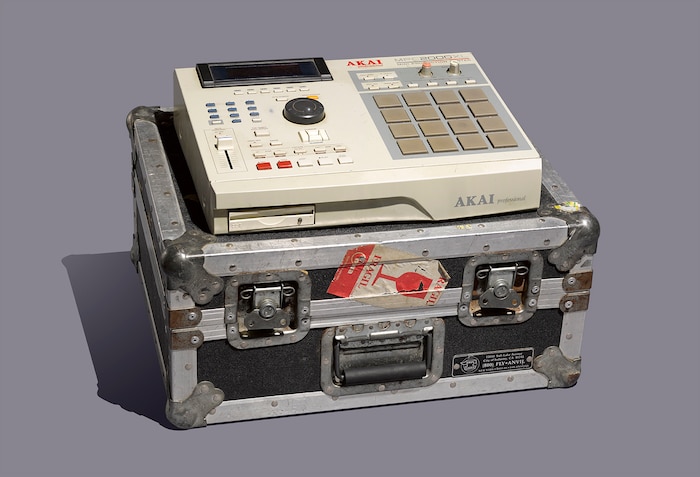
Courtesy of Dez Andrés
This MPC2000XL was handed down to Dez Andrés in the early Obama years by Kenny Dixon, Jr., AKA Moodymann. Used to create tracks like “New For U,” this machine was given to Andrés when his own equipment was down and KDJ stepped in on, “some Mahogani Music big brother shit.” Photo: Jeremy Deputat / Text: Carleton Gholz
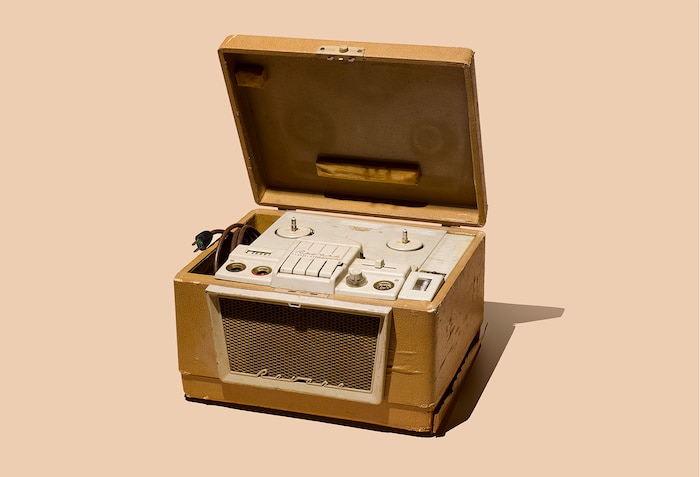
Courtesy of Ghetto Recorders
A vintage vocal reel-to-reel recorder with built-in AM radio, this Revere was useful but a little unassuming at Jim Diamond’s downtown Detroit studio Ghetto Recorders. But when Diamond taught guitarist, singer and songwriter Eddie Baranek of The Sights what kind of sound could be made for his solos with his guitar plugged into it… well, that was art. Ghetto Recorders has been gentrified out of downtown Detroit and Jim Diamond lives in France, but this Revere remembers… Photo: Jeremy Deputat / Text: Carleton Gholz
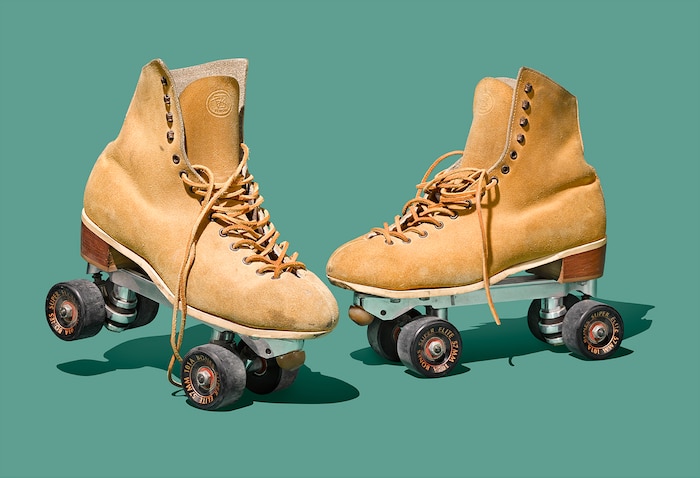
Courtesy of Kenny Dixon, Jr., AKA Moodymann
Purchased at Northland, Detroit’s oldest roller skating rink on 8 Mile Road, these size ten Riedell roller skate leather boots on Snyder trucks represent producer and Mahogani Music label owner Kenny Dixon, Jr.’s personal investment in a shared culture of Black dance and sound. Dixon throws a party called Soul Skate at the rink once every two years. Since Soul Skate does not happen this year, this image of lonely skates, yearning for another Saturday night, will have to do…. Photo: Jeremy Deputat / Text: Carleton Gholz
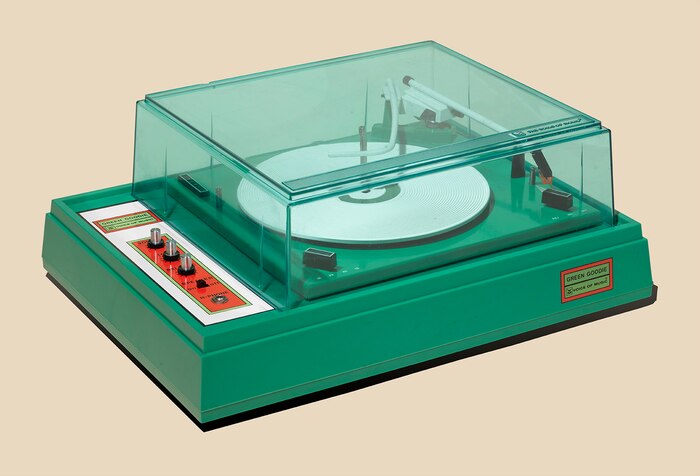
Courtesy of Voice of Music Audio Enthusiasts
The Model 346-GN, or “Green Goodie,” stereo phonograph was built by the Benton Harbor, Michigan-based Voice of Music in 1971 for a youth audience primed for mod, pop and color at the tail end of an era in which the Midwest in general and Michigan in particular was still a key hub in consumer electronics. Photo: Jeremy Deputat / Text: Carleton Gholz
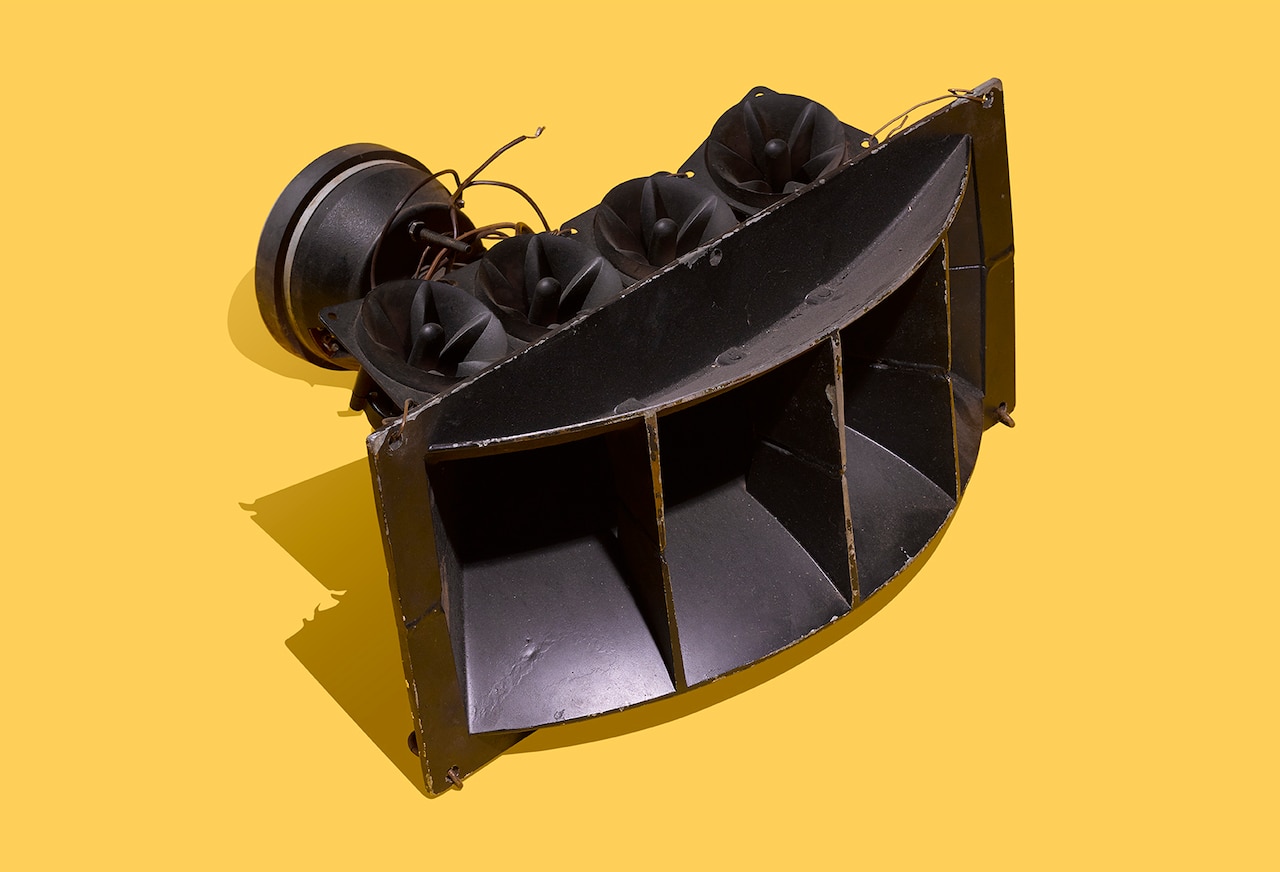
Courtesy of Detroit Sound Conservancy
Purchased and serviced by Audio Lite on Detroit’s West Side, the speakers inside Club Heaven created a space for primarily gay and black youths to express themselves through dance in the 1980s and ’90s. Ken Collier became the “Godfather of Techno” behind the DJ booth of the club, situated at the corner of 7 Mile and Woodward. Heaven is gone and Collier died in 1996, but this tweeter remains a symbol of their shared legacy. Donated by his brother Greg Collier to Detroit Sound Conservancy, the system is currently under restoration in partnership with Audio Rescue Team. Photo: Jeremy Deputat / Text: Carleton Gholz
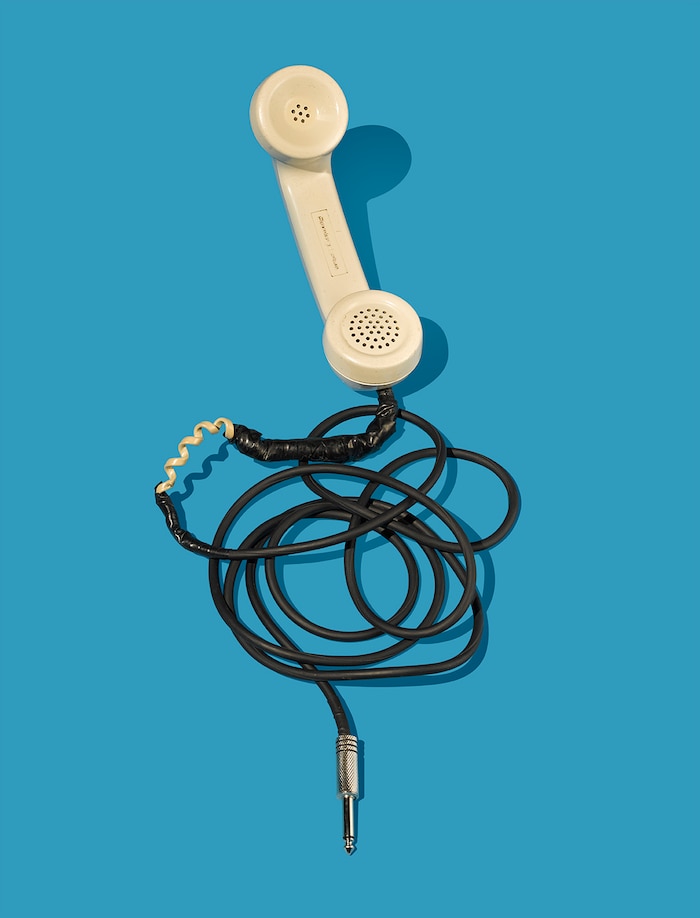
Courtesy of Terrence Parker
Formally and functionally unique, virtuoso DJ and producer Terrence Parker’s telephone headphones allow him to play contemporary dance beats like a hip-hop DJ of old. They also provide a visual signature to his brand despite the fact that many of his fans must now not be able to recognize the technology he refashioned during the Reagan era. Parker’s headphones ask that audience to meet him on his timeline. Photo: Jeremy Deputat / Text: Carleton Gholz
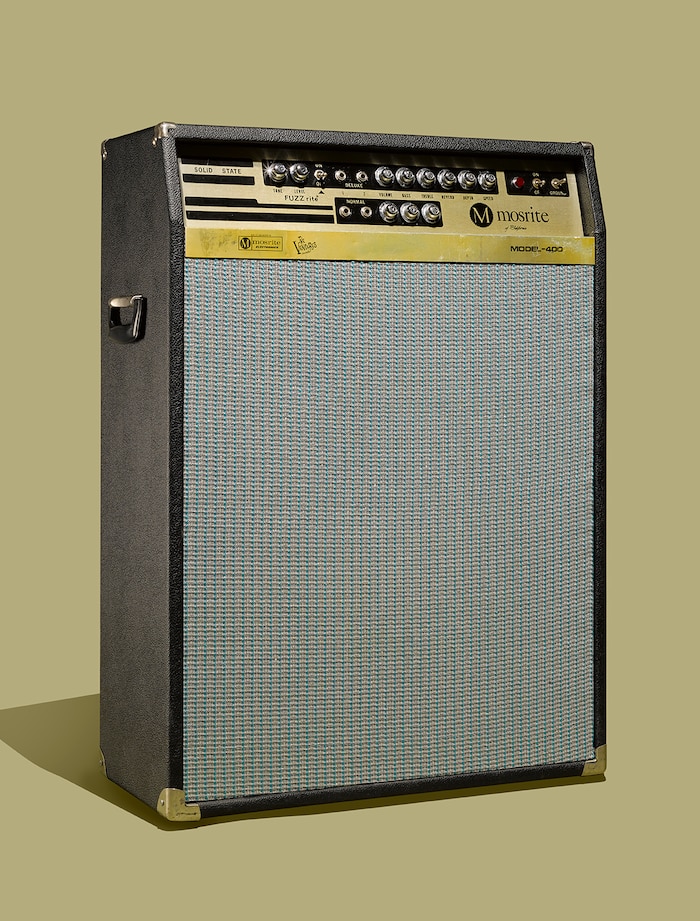
Courtesy of Ghetto Recorders
If you’ve ever met musician and producer Jim Diamond, the driving force behind analog recording studio Ghetto Recorders, you know he looks like he just stepped out of much hipper and more subversive version of Grease. Hair, jeans, cigarettes: it’s all there. And so too with this solid-state guitar amp and its nasally bright 1950s sound. A consistent staple in the studio’s arsenal until its lights went dim in 2015, this amp was pulled off a storage pallet to be shot for this show. Photo: Jeremy Deputat / Text: Carleton Gholz
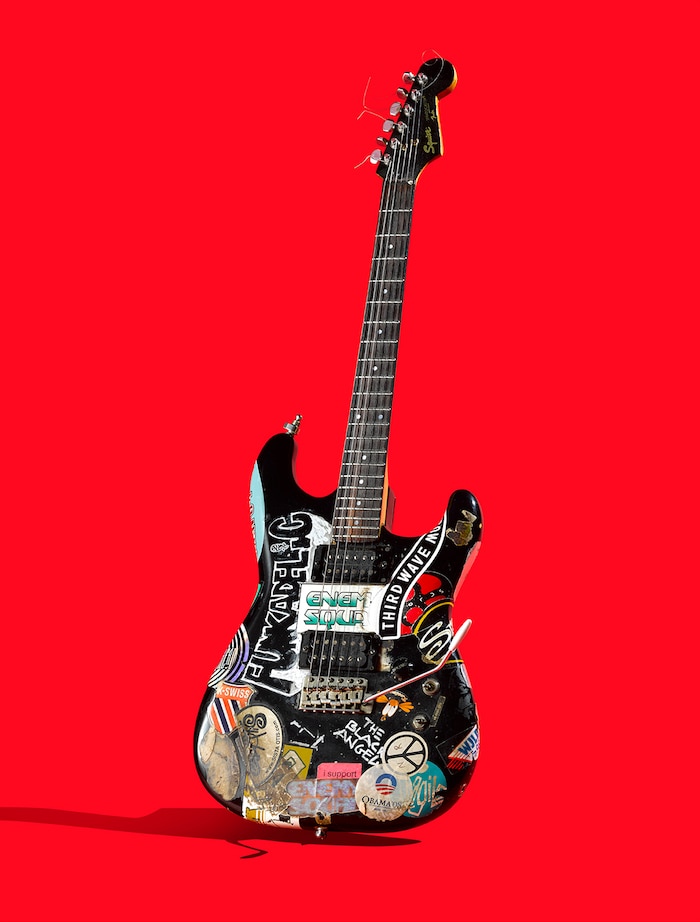
Courtesy of Pirahnahead
In 1984, musician, arranger, and producer Pirahnahead – then just a pre-teen – bought this guitar with a little help from his parents at the Gus Zoppi Music Center (formerly on 8 Mile) for $650. Bearing the name Axelena, the guitar has been central to Piranhahead’s musical trajectory, from playing with local funk-rock band Enemy Squad to sitting in with The Blackman Review. Adorned with stickers that read “I trust Carl Craig” and “Funkadelic,” this “cheap,” made-in-Japan, built-on-an-original-Michigan-brand Squier guitar is now priceless. Photo: Jeremy Deputat / Text: Carleton Gholz
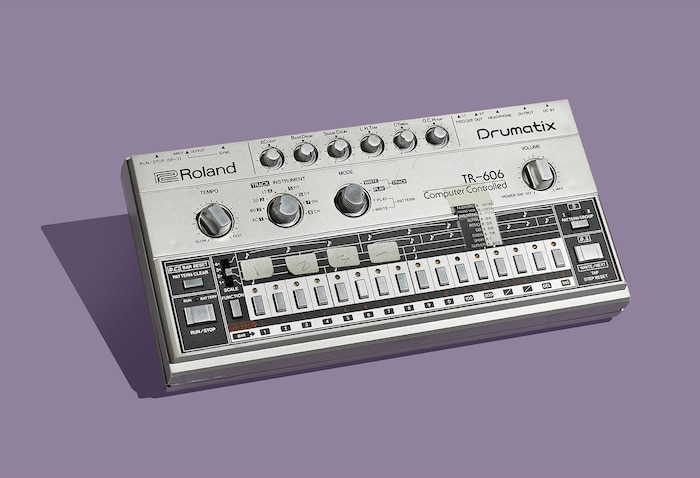
Courtesy of Ectomorph
Electro duo Ectomorph was reborn in Ann Arbor in 1997 when founding member Brendan Gillen gifted this early 1980s battery-powered mobile machine to Erika. Since 1993, Gillen had used it to write patterns while traveling so that he could learn the machine, something he must have hoped would help him understand the techno records of revered artists like Derrick May. Photo: Jeremy Deputat / Text: Carleton Gholz
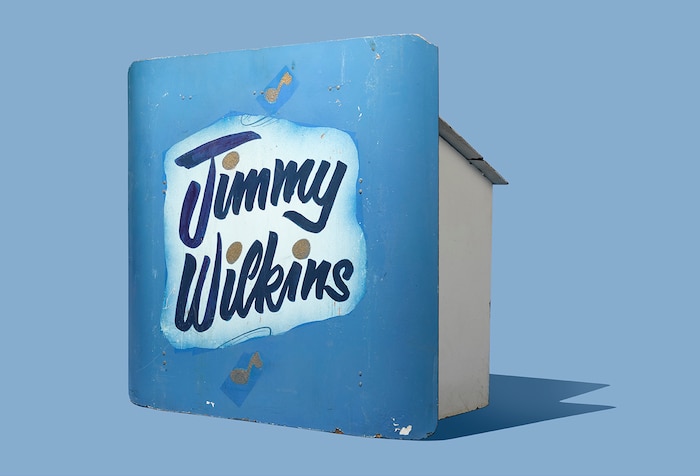
Courtesy of Detroit Sound Conservancy
This 1960s blue bandstand belonged to former Count Basie trombonist Jimmy Wilkins and served the band he founded when he quit touring and made Detroit his home. Signature bands with their own charts that would sit on bandstands like this were a central part of birthing Detroit’s mid-century, pre-Motown, modern soundscape. Salvaged in 2014 from the remains of the Graystone International Jazz Museum & Hall of Fame by Detroit Sound Conservancy, it stands ready to be used again. Photo: Jeremy Deputat / Text: Carleton Gholz
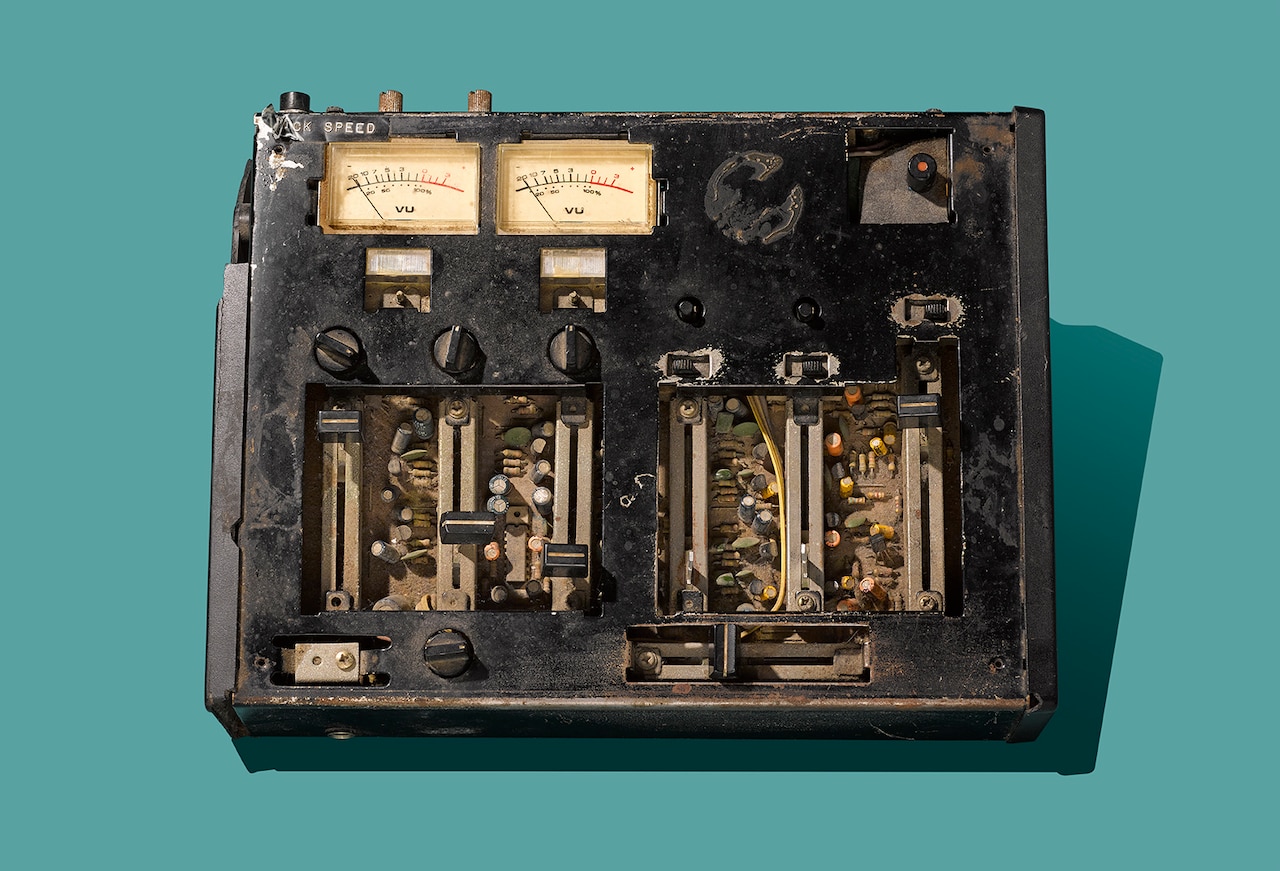
Courtesy of Nick Speed
Bought in 1996 by future producer Nick Speed when he was a teenage intern for Comcast, this already used disco-party-in-a-box Radio Shack piece would eventually help Speed create unique unrecognizable samples for acts like 50 Cent, Danny Brown, and Underground Resistance. But first Speed would have to break the crossfader while making a mixtape in his bedroom and then learn, through trial and error, that the misfit mono-stereo button took vocals off tracks on his records. Photo: Jeremy Deputat / Text: Carleton Gholz
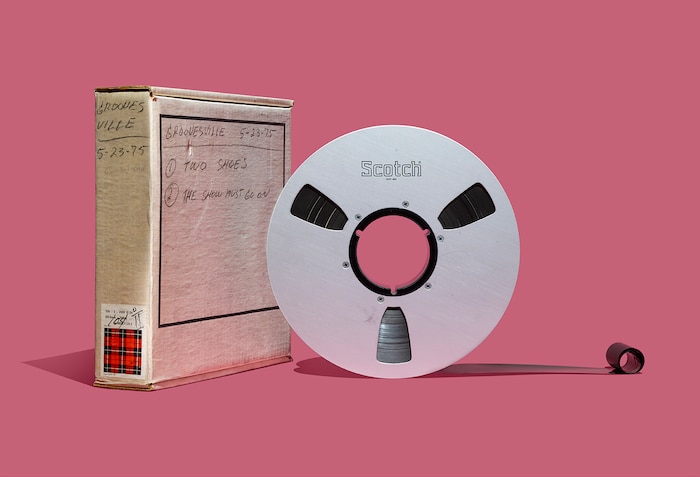
Courtesy of Groovesville Recordings
In 2015, the British Library estimated we have only 15 years to preserve analog audio through digitization before we lose it to deterioration forever. The problem is even more acute in cities like Detroit, where archival media lab resources and preservation dollars are practically non-existent. If these conditions are not addressed with urgency, tapes like this one, an anonymous session tape from Groovesville Recordings, will stay mere artifacts of disappearing cultural heritage. Photo: Jeremy Deputat / Text: Carleton Gholz
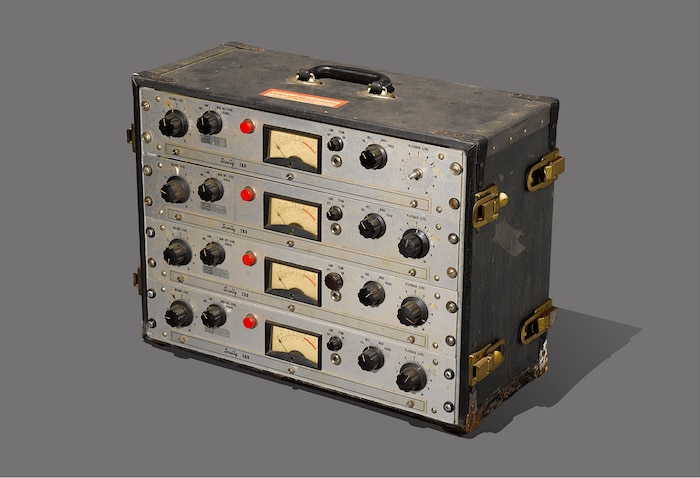
Courtesy of Groovesville Recordings
The Rolls-Royce standard in audio tape recording during the late 1960s and 1970s, the Scully 280 was ubiquitous in major recording studios from Electric Ladyland to Muscle Shoals. At United Sound Systems, Detroit’s oldest independent recording studio, this equalizer unit and its accompanying tape-transport system would have heard recordings from acts like Parliament and Johnnie Taylor. Pulled from a dark room on Detroit’s West Side, this unit longs to shepherd sound again. Photo: Jeremy Deputat / Text: Carleton Gholz
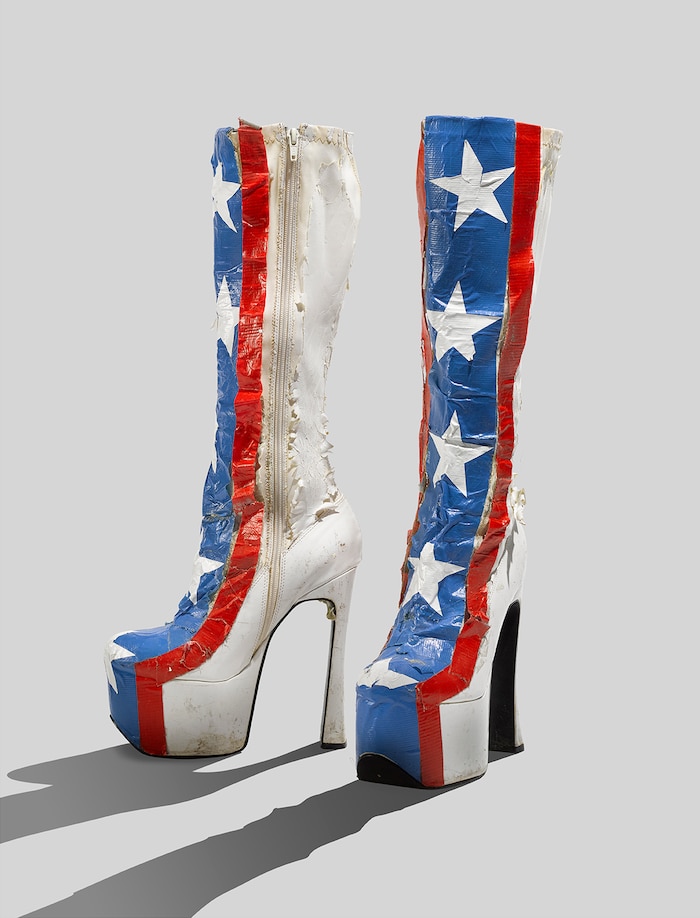
Courtesy of Michelle Lannoo
Music meant a lot in the garage rock scene. But so did joy, sisterhood and making costumes with duct tape from Home Depot. Michelle Lannoo, bass player for kick-ass cover band The Sirens, played tracks like Nazareth’s “Hair of the Dog” in these online-purchased Fredericks of Hollywood “Specials” until they gave way to another costume, and then another. There was no halfway for The Sirens. More was more. Photo: Jeremy Deputat / Text: Carleton Gholz
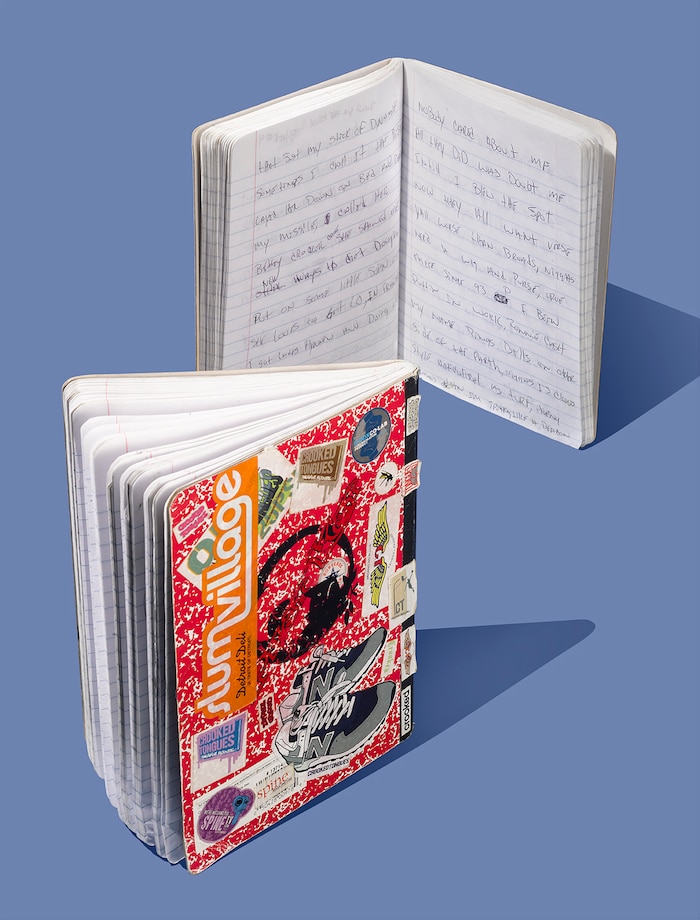
Courtesy of Phat Kat, AKA Ronnie Euro
Southeastern High School alumnus Phat Kat, AKA Ronnie Euro, used these Meijer-bought composition notebooks in the run up to his 2007 album Carte Blanche. A central part of his writing process going all the way back to the 8th grade, notebooks full of raps are part of the essential “leg work to build the car,” he says. “The stage,” he concludes, “is the showroom.” These specific notebooks aren’t just a record of Phat Kat’s creative process; they also mark the death of close collaborator J. Dilla in February 2006. Photo: Jeremy Deputat / Text: Carleton Gholz
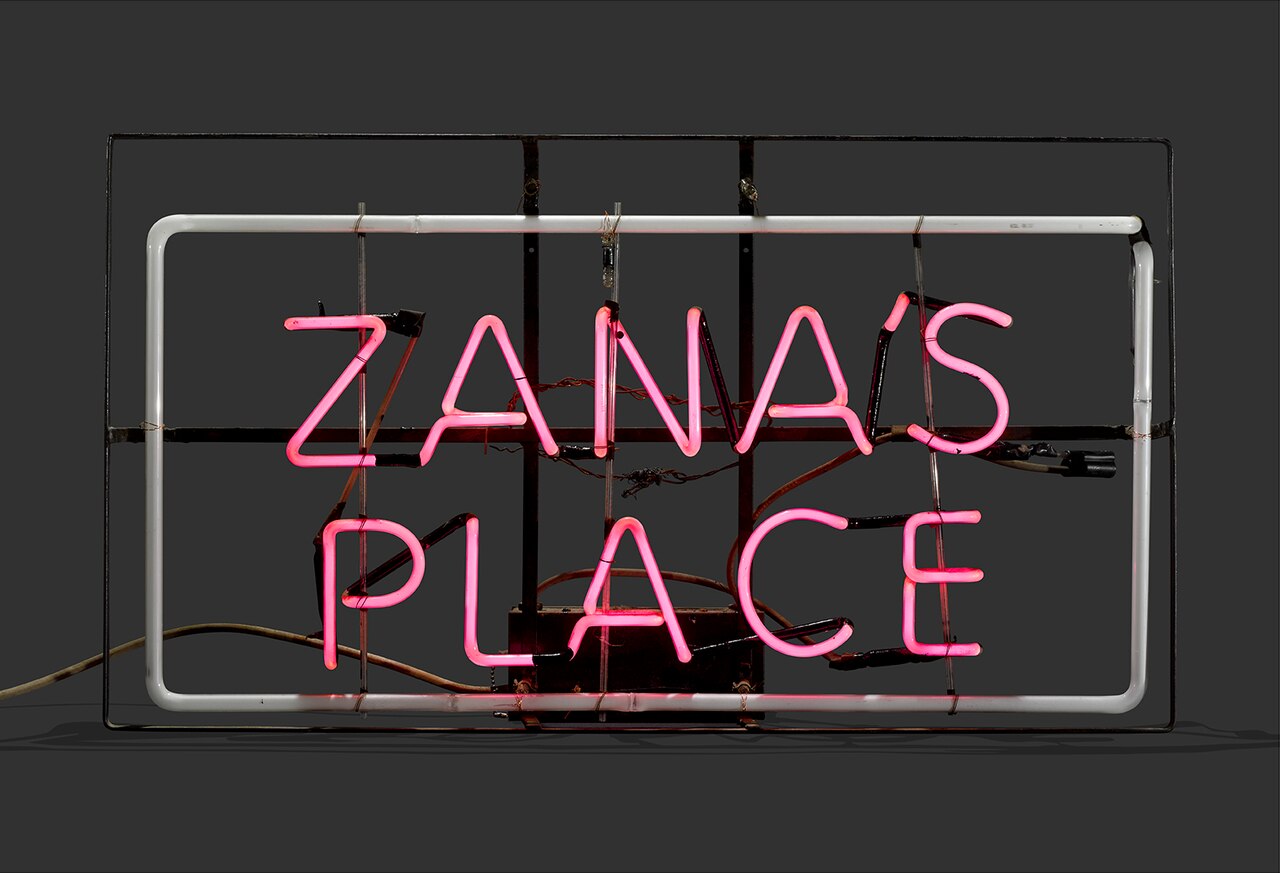
Courtesy of Zana Smith
Zana Smith, the owner of Spectacle’s, first displayed this neon sign in the second floor window of her West Side home in the 1970s. She admits it was partly a matter of ego, but it was also meant to be a signal that her carefully curated house parties, with DJs like Ken Collier, were happening. Smith later brought the sign along to other venues, including the Downstairs Pub, where Jeff Mills and others were turned on to what her generation had created. Photo: Jeremy Deputat / Text: Carleton Gholz
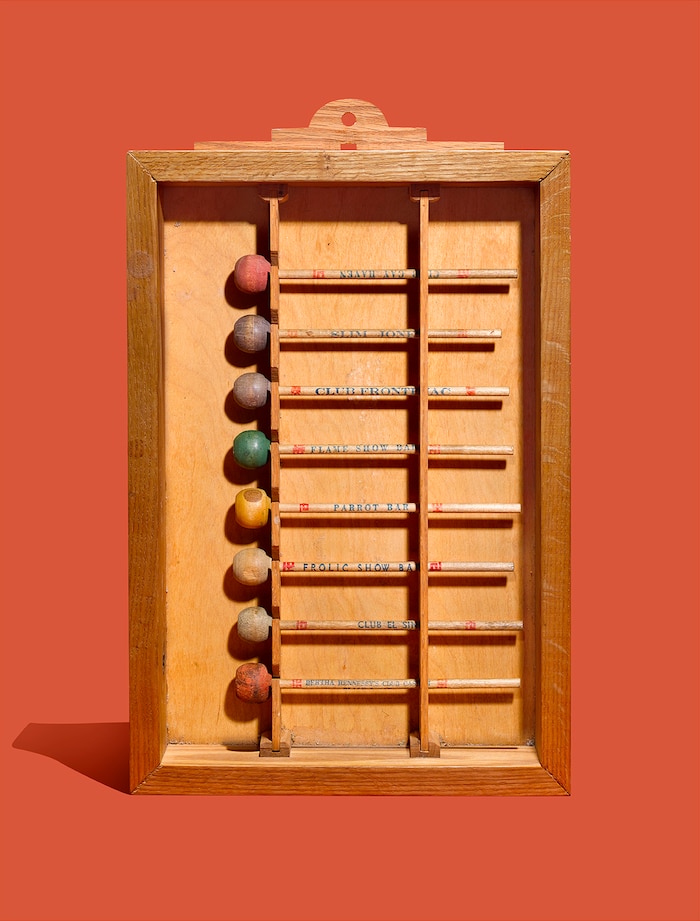
Courtesy of Adam Stanfel
Club Casbah, Club El Sino, Frolic Show Bar, Club Gay Haven… bassist, DJ and historian Adam Stanfel has been for years now collecting with awe and respect artifacts like these knockers from Detroit’s famed Paradise Valley/Hasting Street entertainment district – destroyed by federal highway “improvement” projects. To him these knockers, used to signal approval of stage shows and entertainers at bars, today found at flea markets, garage sales, estate sales and online, evoke a musical heritage – within walking distance of this exhibition – that we forget at our peril. Photo: Jeremy Deputat / Text: Carleton Gholz

Courtesy of Carleton S. Gholz
First appearing on the back cover of the debut Ghostly International single by Matthew Dear + Daisha (Disco D.) (“Hands Up For Detroit”) in 1999, BoyCatBird was the brainchild of Majesty Crush guitarist, longtime artist and debauched Peanuts fan Michael Segal. According to label owner Sam Valenti IV, these limited edition figurines sculpted by Sara Blakeman brought them into the real world for the first time. Photo: Jeremy Deputat / Text: Carleton Gholz
